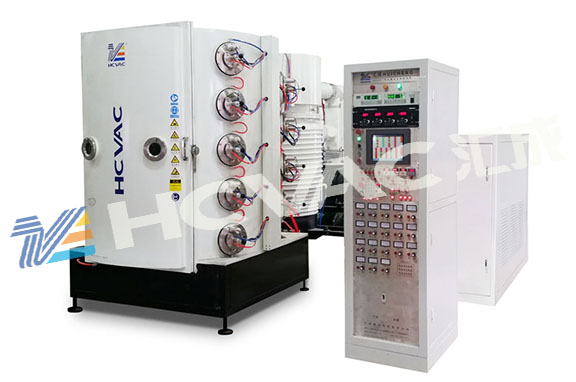The solenoid valve of pvd coating machine is widely used in our production. We must have encountered many problems related to the solenoid valve in the maintenance of production, and have also dealt with various faults. We must have accumulated a lot of related Solenoid valve fault handling experience, and I deal with solenoid valve faults in maintenance is relatively less than other instrument control faults, and now I discuss this issue with you, eager to learn more experience from everyone, and improve together.

We first have a preliminary understanding of the solenoid valve of the pvd coating machine. The solenoid valve of the pvd coating machine is composed of a solenoid coil and a magnetic core, and is a valve body containing one or several holes. When the coil is energized or de-energized, the operation of the magnetic core will cause the fluid to pass through the valve body or be cut off to achieve the purpose of changing the direction of the fluid. The electromagnetic components of the solenoid valve are composed of fixed iron core, moving iron core, coil and other components; the valve body part is composed of sliding valve core, sliding valve sleeve, spring base and so on. The solenoid coil of the vacuum coating equipment is directly installed on the valve body, and the valve body of the
pvd coating machine is enclosed in the sealing tube, forming a simple and compact combination. The solenoid valves commonly used in our production include two-position three-way, two-position four-way, two-position five-way and so on. Let’s talk about the meaning of the two positions first: for the solenoid valve, it is energized and de-energized, and for the controlled valve, it is on and off.
The common fault is that the solenoid valve does not act, and should be checked from the following aspects:
(1) If the solenoid valve wiring head is loose or the wire head falls off, the solenoid valve should not be energized, and the wire head can be tightened.
(2) If the solenoid valve coil is burned out, the wiring of the solenoid valve can be removed and measured with a multimeter. If the circuit is open, the solenoid valve coil will be burned out.
(3) The solenoid valve is stuck. The matching gap between the spool valve sleeve and the valve core of the solenoid valve is very small (less than 0.008mm), and it is generally assembled in a single piece. When mechanical impurities are brought in or there is too little lubricating oil, it is easy to get stuck.
(4) Air leakage. Air leakage will cause insufficient air pressure, making it difficult to open and close the forced valve, due to the damage of the sealing gasket or the wear of the spool valve, causing blow-by in several cavities.
When dealing with the failure of the solenoid valve of the switching system, an appropriate time should be selected, and the solenoid valve should be processed when the power is lost. If the processing cannot be completed within a switching gap, the switching system can be suspended and dealt with calmly.



